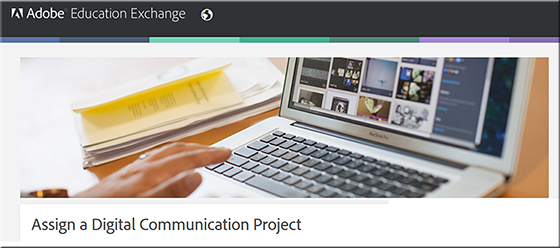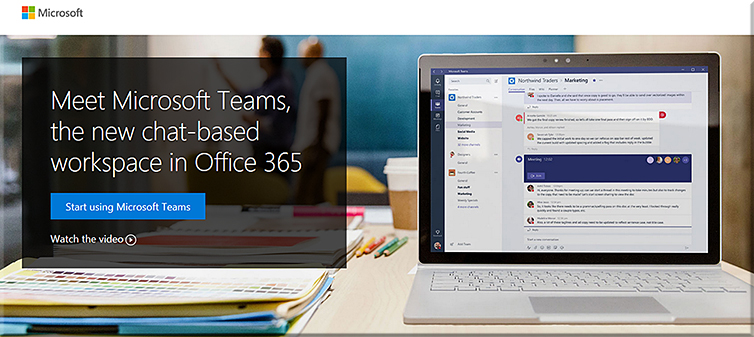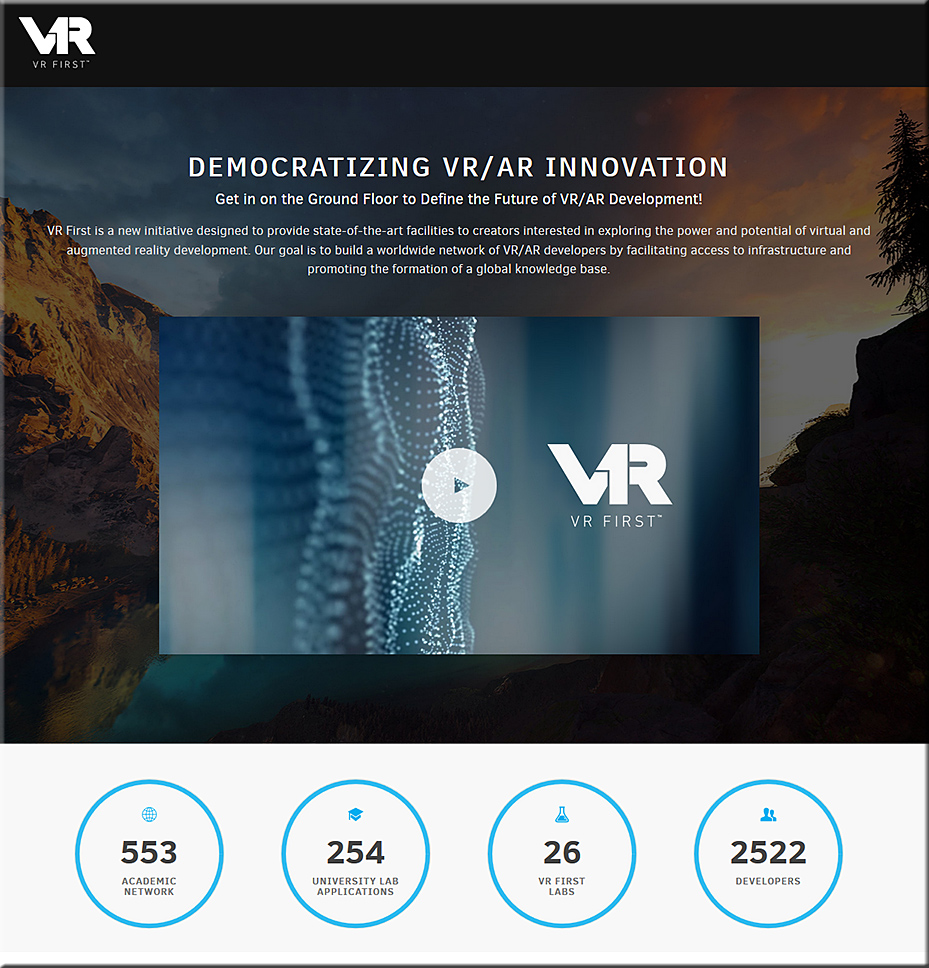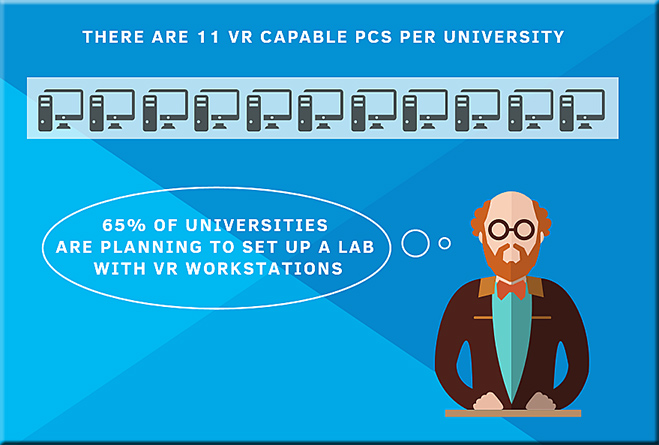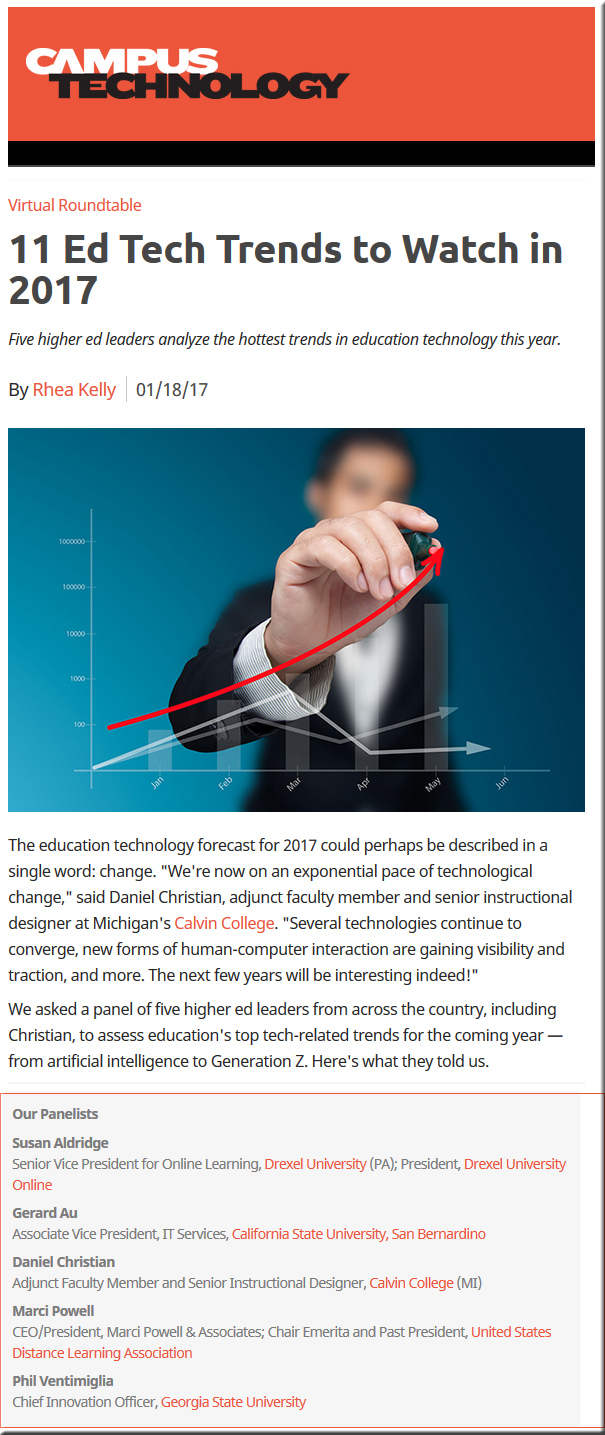The Benefits of an Innovative Culture at Smaller Colleges — from evolllution.com with Shane Garrison | Vice President of Enrollment, Campbellsville University
Smaller institutions are under more pressure than ever to innovate or collapse—weathering the storm is simply no longer an option for most institutions. This requires leaders and staff across the institution to have a creative mindset, and be willing to experiment and evolve.
Excerpt:
There is the reality that if you don’t diversify, if you fail to be creative, if you fail to try new things, you’re on the verge of folding. In Kentucky, two faith-based colleges folded within a span of about three years, and I think that created an urgency to avoid that fate. We have to be willing to try, create and experiment to survive, and that means doing things that we’ve never done before.
…
Evo: How can an innovative and experiment-focused culture help smaller institutions overcome some of those obstacles?
SG: I think you have to be willing to experiment for short periods of time with strategies that do not fit inside the traditional bubble. For example, for us, our online presence has been fairly strong for about 12 years. However, we had to experiment with placing a good number of full four-year bachelor’s degree programs online, something our university had never done. We had associate programs, we had graduate programs but we had to add bachelor programs online. We did it for three or four years in the experimental phase and noticed these were actually strong and it was building a beautiful pathway between our associate two-year programs and the four-year programs and continuing into graduate programs.
We are experimenting now with an international recruiting partnership and giving it two to three years to see what happens. It has been very successful thus far. This model has created a culture where we can experiment.










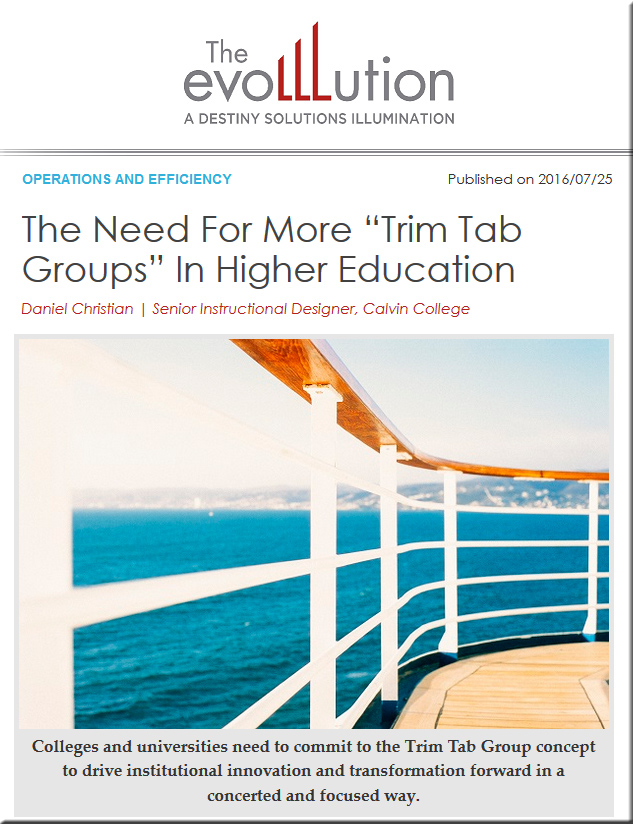

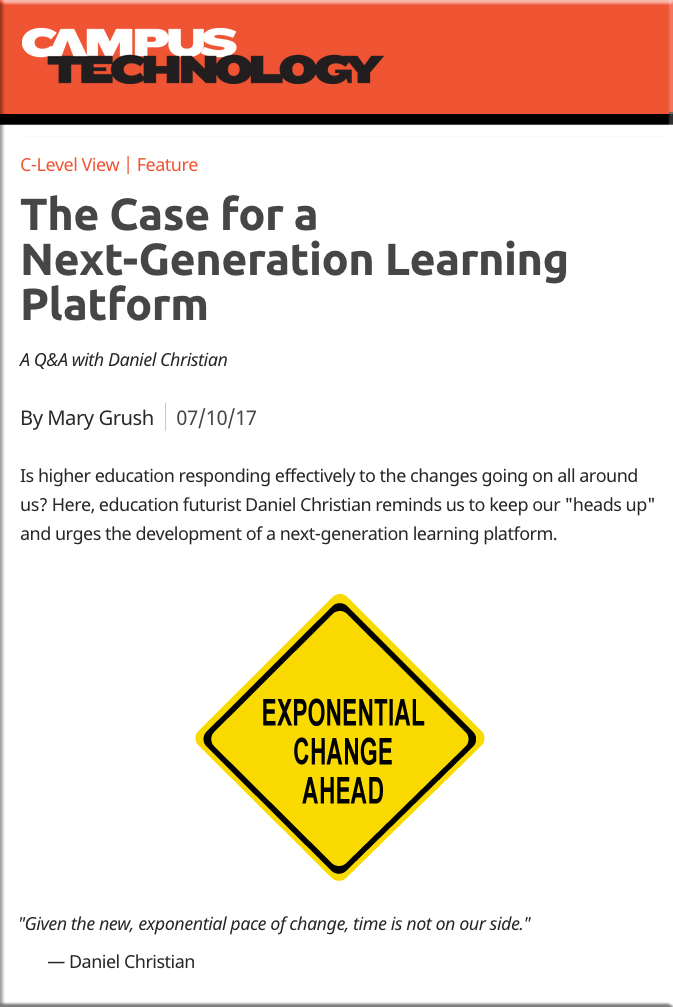
![The Living [Class] Room -- by Daniel Christian -- July 2012 -- a second device used in conjunction with a Smart/Connected TV](http://danielschristian.com/learning-ecosystems/wp-content/uploads/2012/07/The-Living-Class-Room-Daniel-S-Christian-July-2012.jpg)

